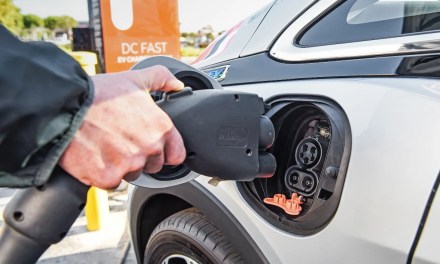Based on the latest findings from TUV SUD, the Tesla Model 3 (pictured above) exhibits the highest occurrence of faults of any German automobile after three years of use.
The report evaluated 221 vehicle models from July 2022 to June 2023. It found that the Model 3 had a fault rate of 14.7%, placing it in last place.
TUV SUD is a renowned Germany-based company specializing in testing and certification services. This particular report analyzed electric vehicles (EVs) for the first time. Notably, the report identified lighting, brakes, and axles as prominent sources of faults in the Tesla Model 3.
According to DIGITIMES, the high Tesla Model 3 fault rate can be attributed to Tesla’s decision to cease defining service intervals in 2019. The limited availability of Tesla service centers is another key factor.
Tesla came in last place by a wide margin. The second-least reliable car after three years was the Dacia Logan, with a fault rate of 11.4%. On the other end of the spectrum, the most reliable German car (the VW Golf Sportsvan) had a three-year fault rate of only 2.0%.
EV makers commonly argue that EVs require less servicing and maintenance than gasoline-powered cars. According to Jürgen Wolz, a specialist from TUV SUD, the claim is not entirely accurate.
It’s true that an EV’s powertrain requires less maintenance, as there are no fluids or moving parts that have to be swapped out. However, the underwhelming performance of the Tesla Model 3 in other areas suggests that EVs also demand regular servicing.
Tesla stood out as a pioneer in utilizing over-the-air (OTA) updates to address vehicle issues instead of service calls. However, OTA updates are not silver bullets. Notably, China has recently imposed restrictions on the scope and duration of OTA updates.
Although the TUV SUD report is specific to Germany, Tesla’s lack of service centers is a global problem. Tesla currently has 186 service centers in the US. By comparison, there are almost 3,000 Ford service centers.






